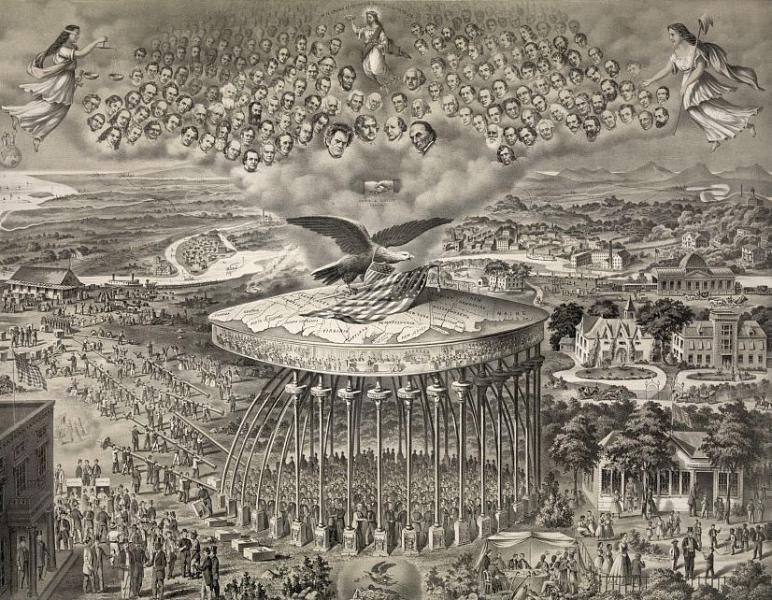Although Presidents Abraham Lincoln and Andrew Johnson pursue a moderate course on Reconstruction (generally called "Presidential Reconstruction") by readmitting Southern states into the Union as quickly as possible, the so-called Radical Republicans demand more comprehensive efforts to extend civil rights to freed slaves. The 13th Amendment, ratified on December 6, 1865 and abolishing slavery, is considered sufficient by President Johnson, who soon thereafter vetoes the extension of the Freedman's Bureau and attempts to end federal Reconstruction efforts. Coupled with the enactment of restrictive Black Codes across the Southern states, the legal status of former slaves in the South falls back toward a sort of quasi-slavery, with their movements and rights as employees severely restricted at a state level. After the election of November 6, 1866, Congress imposes its own Reconstruction policies, referred to by historians as "Radical Reconstruction." This re-empowers the Freedman's Bureau and sets reform efforts in motion that will lead to the 14th and 15th Amendments, which, respectively, grant citizenship to all (male) persons born in the United States regardless of race and extend suffrage without regard to "race, color, or previous condition of servitude."
While the rights guaranteed by the three "Reconstruction Amendments" are abridged by state and local laws later in the 19th century, they are an unprecedented extension of civil rights and would form the legal cornerstone of the Civil Rights Movement of the mid-20th century. Furthermore, Radical Reconstruction places more stringent conditions on the readmission of Confederate states into the Union, and the last state readmitted—Georgia—finally re-enters on July 15, 1870.
Ultimately, Radical Reconstruction draws to a close after the closely-contested Election of 1876, in which Republican candidate Rutherford B. Hayes is certified the winner of the electoral count by a special committee in Congress. The "back room" agreement (sometimes called America's second "corrupt bargain") made by that committee is that Republicans will withdraw the last federal soldiers from the South, officially ending Reconstruction. Southerners had long resented Reconstruction, and many Northerners hoping for reconciliation tire of the continued federal involvement in Southern politics. Meanwhile, the federal withdrawal sparks large migrations of blacks out of the South and into the free state of Kansas in what is called the "exoduster movement." With the end of Reconstruction, Southern blacks struggle to retain their civil rights, to make ends meet under a restrictive labor system of sharecropping, or to win election to public offices, and by the 1890s, restrictive "Jim Crow" laws throughout the South (and to a lesser extent in the North) effectively disenfranchise blacks of their voting rights, enforce racial segregation, and turn a blind eye to a growing number of public lynchings.


